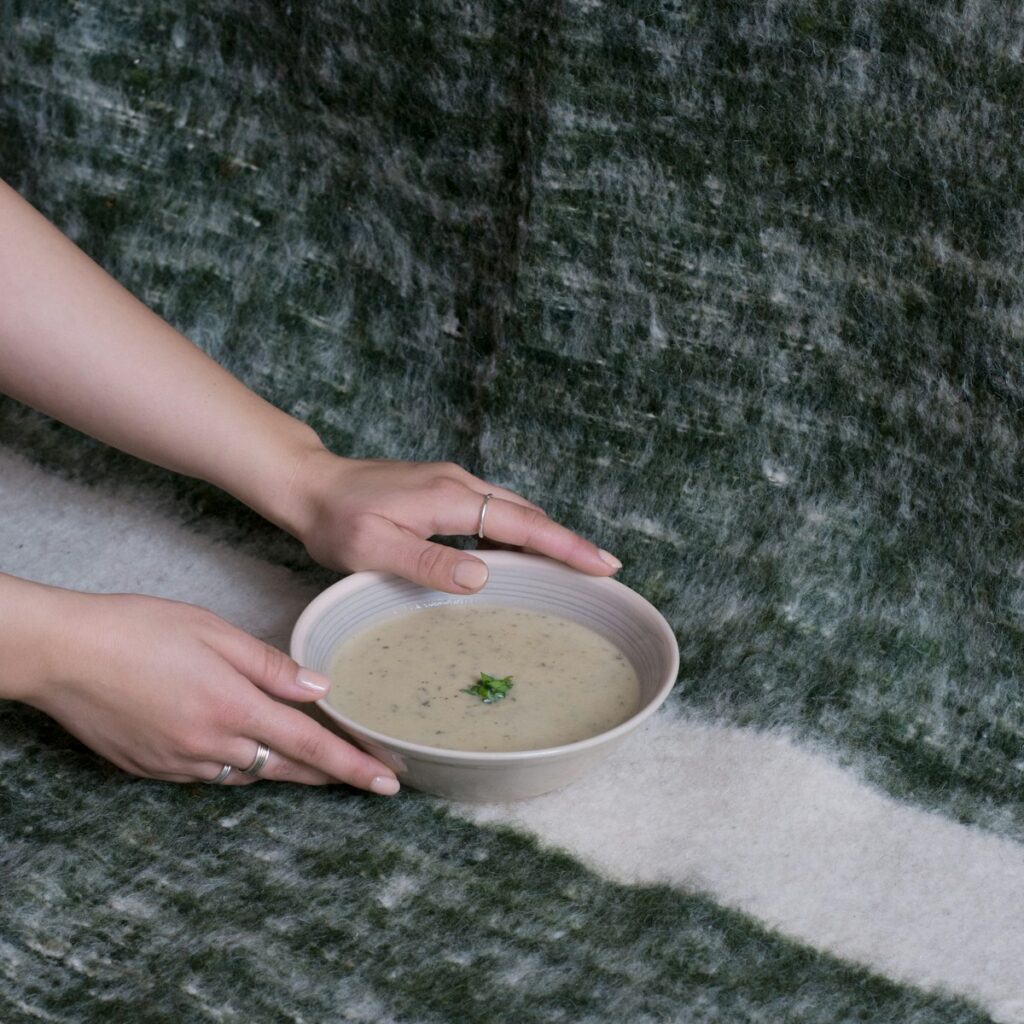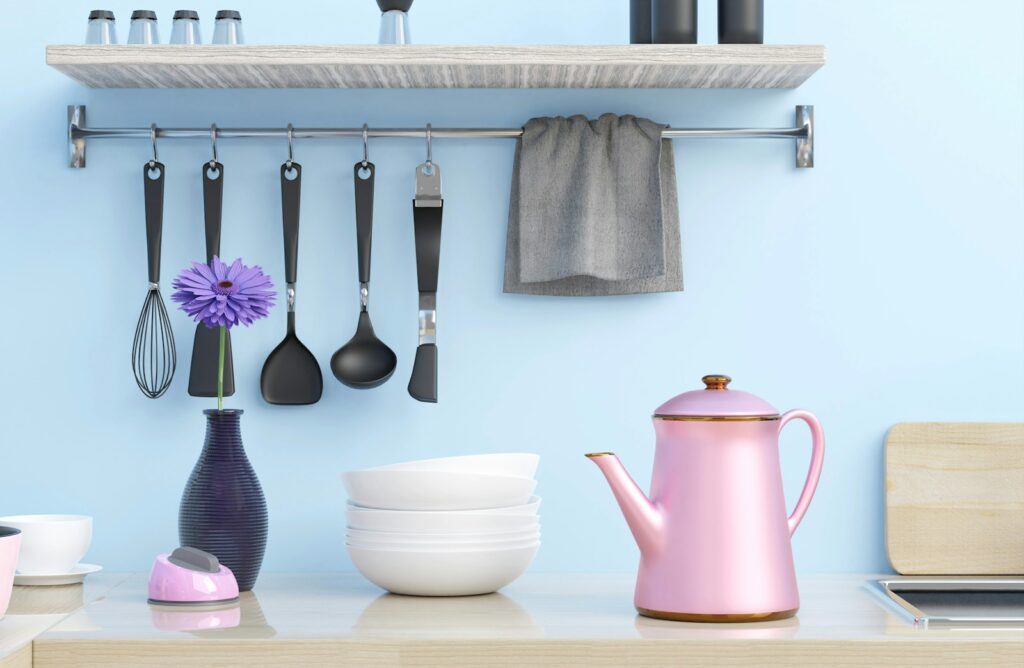How do you say “Bowl” in Spanish: A Comprehensive Guide
Imagine you’re in a bustling Mexican market, the aroma of freshly made tortillas wafting through the air. You’re eager to ask a vendor about a beautifully crafted bowl that caught your eye, but suddenly, it hits you—you don’t know how to say “bowl” in Spanish! It’s a simple word, yet it can make or break your interaction.
“Tazón”: The Primary Spanish Word for “Bowl”
Ever found yourself in a lively Mexican market, eyeing a gorgeous bowl, thinking, “How do I say ‘bowl’ in Spanish?” You’re not alone! The primary Spanish word for “bowl” is tazón. This word’s a linchpin in everyday conversations, table settings, and eating scenarios.
Pronunciation Guide for “tazón”
Pronouncing tazón correctly might seem tricky, but it’s simple when broken down:
Using “tazón” in Everyday Spanish Conversations
Bringing tazón into your everyday Spanish doesn’t just enhance your vocabulary—it enriches your experiences. Imagine saying tazón de cereal (bowl of cereal) at breakfast or el tazón y la cuchara (the bowl and spoon) while setting the table.
Example Sentences with “tazón”
Here are some handy sentences to get you started:
Practical Dialogue Scenarios
Immerse yourself in practical scenarios:
Ordering at a Café:
At a Pottery Shop:
Other Spanish Words for “Bowl”: Expanding Your Vocabulary
Ever wondered how diverse the Spanish language can be just in the context of a simple bowl? You’re about to jump into the richness of Spanish vocabulary with some everyday examples.
“Cuenco”: When and How to Use It
Cuenco is a common term you’ll hear often. This word fits perfectly when you’re talking about a traditional or rustic setting. Imagine you’re at a cozy Spanish café enjoying a rich cuenco de sopa (bowl of soup). It’s like a warm hug in the form of a meal. This word brings an earthy tone to your conversation.
“Bol”: A Familiar Term for English Speakers
Bol is straightforward and feels much like its English counterpart. Think of ordering un bol de frutas (a bowl of fruits) at a local Spanish market. It’s easy to remember and use, bridging the gap between your English and Spanish skills. So why not give it a shot next time you’re munching on some delicious salad?
Regional Variations Across Spanish-speaking Countries
Regional nuances make language learning exciting and culturally enriching. Spanish, spoken in various regions, gives you different flavors of the same word.
“Escudilla” in Spain and Parts of Latin America
Escudilla adds a traditional, almost historical vibe to your vocabulary. Picture yourself in Spain, asking for una escudilla de avena (a bowl of oatmeal). It’s not just a word; it’s an experience, taking you back to simpler times and hearty meals.
“Pocillo” in Colombia and Venezuela
Pocillo is unique to Colombia and Venezuela. Imagine sharing a meal with locals and requesting un pocillo de arroz (a bowl of rice). Using this term could spark a lively conversation about regional dialects and make your interactions memorable. It’s these little details that build connections.
Comparison Table
Here’s a handy table summarizing the different terms and regional uses:
Term | Country/Region | Example Phrase |
|---|---|---|
Cuenco | General | un cuenco de sopa |
Bol | General | un bol de frutas |
Escudilla | Spain, Latin America | una escudilla de avena |
Pocillo | Colombia, Venezuela | un pocillo de arroz |
By embracing these variations, you’re not just learning a word, but embracing a culture. Isn’t that what makes language learning so rewarding?
Types of Bowls in Spanish: From Kitchen to Table

Ever wondered how something as simple as a bowl can have many names in Spanish? Let’s explore various types of bowls and their Spanish translations to spice up your kitchen vocabulary.
Soup Bowl: “Tazón de sopa” or “Sopera”
When it’s chilly outside, nothing beats a comforting bowl of soup. In Spanish, a soup bowl can be called a tazón de sopa or simply a sopera. Imagine you’re in a cozy café in Madrid, and you ask for a bowl of hearty lentil soup. Knowing these terms can make your culinary adventures smoother.
Salad Bowl: “Ensaladera”
Salads bring freshness to any meal, but how do you ask for a salad bowl in Spanish? The word ensaladera perfectly captures it. Picture yourself at a family gathering in Barcelona, and your host asks you to pass the ensaladera brimming with a colorful mix of veggies. You’d feel right at home!
Mixing Bowl: “Bol para mezclar”
Baking enthusiasts, this one’s for you! A bol para mezclar is your go-to term for a mixing bowl. Whether you’re whipping up a batch of cookies or mixing ingredients for a special recipe, these words will make your kitchen tasks easier, even in a Spanish-speaking country.
Cereal Bowl: “Tazón de cereal”
Morning routines often start with a bowl of cereal. When you’re grabbing your breakfast in Mexico, asking for a tazón de cereal ensures you get exactly what you need. Imagine the smiles you’ll receive when you use the right term in a local diner.
Fruit Bowl: “Frutero”
Fruit bowls not only add healthfulness to your diet but also brighten up your dining table. In Spanish, a frutero serves this purpose. Envision yourself in a vibrant market in Argentina, selecting fruits to arrange in your frutero. Your knack for local language will surely impress the vendors.
Here’s a quick reference table for the different types of bowls:
English | Spanish |
|---|---|
Soup Bowl | Tazón de sopa / Sopera |
Salad Bowl | Ensaladera |
Mixing Bowl | Bol para mezclar |
Cereal Bowl | Tazón de cereal |
Fruit Bowl | Frutero |
Feeling connected to the language not only enriches your experiences but also bridges cultural gaps. So next time you’re in a Spanish-speaking country, you’ll know exactly which word to use for each type of bowl, making your interactions warm and memorable.
¿Cómo se dice? Common Phrases with “Bowl” in Spanish
Trying to navigate a Spanish-speaking kitchen or market? Here are some handy phrases to get you started with using the word “bowl.”
“Un tazón de”: How to Say “A Bowl of” in Spanish
Whenever you’re talking about a bowl of something, you can use “un tazón de” followed by the food item. For example, if you want to ask for a bowl of soup, you would say, “Un tazón de sopa.” This phrase covers a range of dishes, making it useful for ordering food or describing meals.
“Lleno hasta el borde”: Describing a Full Bowl
Want to emphasize how full your bowl is? Use “lleno hasta el borde.” This means the bowl is filled to the brim. Whether you’re sharing a delicious stew that’s overflowing or simply describing a scene, this phrase captures the essence perfectly. Picture yourself at a family gathering, pointing at a bowl and saying, “¡Está lleno hasta el borde!”
“Comer del mismo tazón”: Sharing from the Same Bowl
In more communal settings, you might come across the phrase “comer del mismo tazón.” This means eating from the same bowl, signifying sharing and togetherness. Imagine sitting around a campfire with friends, everyone dipping their spoons into one big bowl of food. This phrase not only describes the act but also embodies the spirit of camaraderie.
Regional Phrases: How “Bowl” Varies Across Spanish-Speaking Countries
Across Spanish-speaking regions, the word for “bowl” can vary. Here are some common terms:
Country | Phrase | Example |
|---|---|---|
Mexico | Plato hondo | “Puedes pasarme un plato hondo?” |
Spain | Tazón | “Voy a usar un tazón para la sopa.” |
Caribbean | El caldero | “Sirve el guiso en el caldero.” |
These differences might seem small but knowing them can make your experiences richer and your interactions smoother. When in doubt, default to “tazón,” widely understood and used across different regions.
Take these phrases with you to enhance your culinary adventures. Whether you’re diving into local cuisine or preparing a family recipe, these expressions will keep you connected.
Common Mistakes to Avoid

When learning to say “bowl” in Spanish, avoiding common mistakes can enhance your language skills and improve communication. Here are some pitfalls and how to steer clear of them:
Misusing Regional Variations
Different Spanish-speaking regions use varied terms for “bowl.” Using the wrong one can lead to confusion. For example:
Term | Common Regions | Notes |
|---|---|---|
Bol | Spain | Generic large bowl |
Cuenco | Various regions | Smaller bowl |
Tazón | Mexico, some countries | Bowl with a “foot” |
Plato hondo | Cuba, Mexico | Deep plate/bowl |
Overgeneralizing Translations
Not all translations fit every context. Mixing up plato para sopa and plato de cereal could muddle your meaning.
Ignoring Context
Consider cultural contexts when choosing terms. Using ponchera in place of bol might not fly well if you’re not discussing beverages.
Misinterpreting Literal Translations
Don’t fall for literal translations. Plato hondo might seem like a “deep plate” but serves as a “bowl” in specific regions. Recognize these nuanced differences.
Forgetting Plural Forms
When speaking about multiple bowls, don’t overlook pluralizing properly. For example:
Understanding these common mistakes helps you navigate regional and contextual nuances. Imagine asking for a tazón in Mexico and getting the correct bowl with a foot rather than an oversized cup. Knowing these differences improves your interactions and helps you feel more integrated with the local culture.
So, next time you order food or talk about bowls in Spanish, keep these tips in mind—it’s about connecting with people authentically and correctly.
Conclusion: Confidently Using “Bowl” in Spanish

Mastering how to say “bowl” in Spanish can make your interactions in Spanish-speaking environments much smoother. Whether you’re at a bustling Mexican market or chatting with friends from different regions, knowing the right terms and avoiding common mistakes will boost your confidence. Remember to consider regional variations and context to ensure you’re using the most appropriate word. With these tips in mind, you’ll be well on your way to becoming more fluent and culturally aware in your Spanish conversations. Happy learning!
Frequently Asked Questions
What does “bowl” mean in Spanish?
The word “bowl” in Spanish is often translated to “bol” or “cuenco,” both of which refer to a round, handleless container typically used for holding food or liquids.
How do you say “Super Bowl” in Spanish?
In Spain, “Super Bowl” is often used as a feminine noun (la Super Bowl) due to influence from the word “final.” In Latin America, it’s used as a masculine noun (el Super Bowl) or translated as “Supertazón.”
What is a “bowl” in the kitchen?
In the kitchen, bowls or “cuencos” are versatile tools used for preparing and mixing ingredients. They are essential in both professional and home kitchens.
How do you say “bowl” in Spanish?
The word “bowl” is translated to Spanish as “bol” or “cuenco.”
What does a “bowl” look like?
A bowl is a rounded container, typically with slightly raised edges, designed to hold liquids, solid foods, or mixtures of ingredients.






